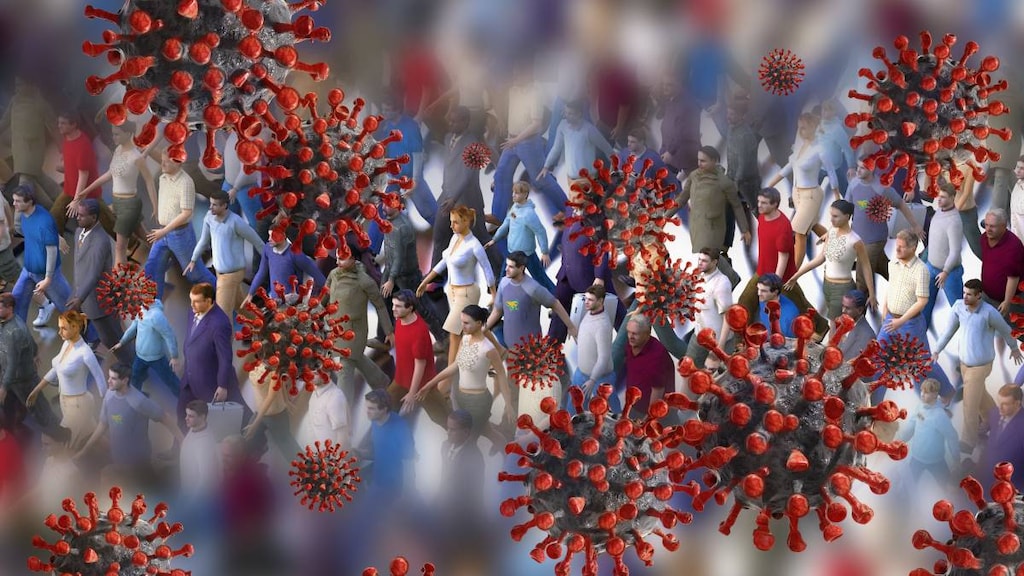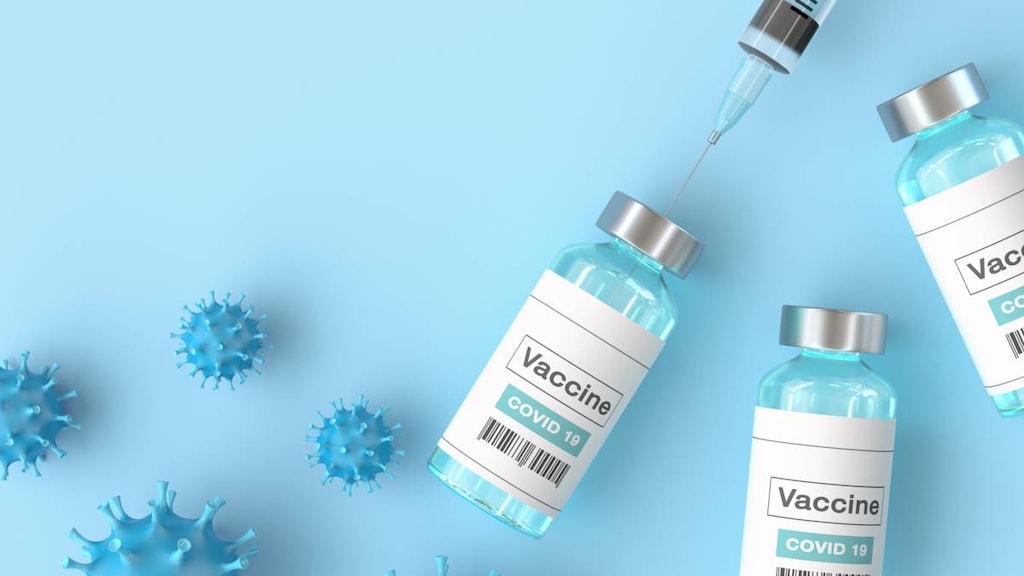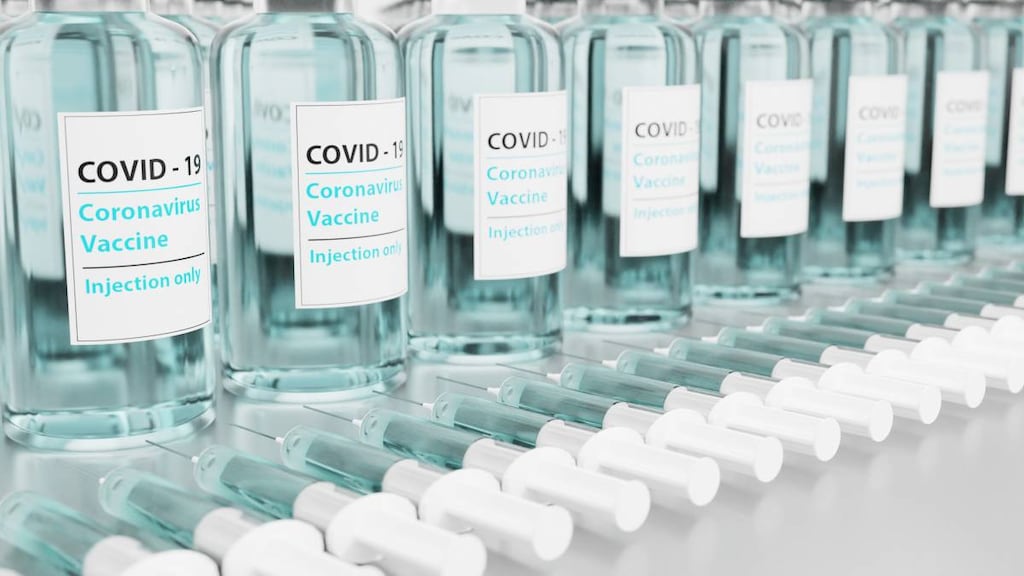COVID-19: Asymptomatic SARS-CoV-2 infected patients studied

Asymptomatic COVID-19 carriers, people who are infected but never develop symptoms, have been the focus of much speculation over the last few months. During this time, researchers have been working to understand more about this type of SARS-CoV-2 infection. One group of researchers from China have recently published their findings from a study they conducted in 37 asymptomatic individuals who were admitted to the Wanzhou People’s Hospital. The researchers found that:
-
Asymptomatic COVID-19 patients had a weaker immune response to SARS-CoV-2 infection compared with infected patients who had mild symptoms
-
Asymptomatic COVID-19 patients shed SARS-CoV-2 for longer than symptomatic patients
-
Asymptomatic COVID-19 patients had significantly lower levels of SARS-CoV-2-specific immunoglobulin G (IgG) antibodies compared with symptomatic patients during the acute phase of the illness
-
Eight weeks after discharge from hospital, 40% of asymptomatic COVID-19 patients were seronegative (showed no signs of having been infected), compared with only 12.9% of symptomatic patients who were found to have no detectable IgG antibodies
-
Lower levels of pro- and anti-inflammatory cytokines were observed in asymptomatic patients compared with symptomatic patients
Who did the researchers study?
The 37 asymptomatic COVID-19 patients were among 2088 close contacts of known COVID-19 cases who were tested as part of a program to specifically identify asymptomatic carriers of SARS-CoV-2. Patients identified with mild or uncommon symptoms, or who went on to develop symptoms were excluded from the study. The study also included 37 control patients with mild COVID-19 symptoms and 37 control subjects who tested negative for the virus. The patients were hospitalized at the Wanzhou People’s Hospital in China and their diagnosis of SARS-CoV-2 infection was confirmed by RT-PCR test.
What did the researchers uncover?
CT scans
When the 37 patients were first admitted to hospital, CT scans were conducted which uncovered that 21 of the 37 patients had signs of COVID-19 infection-related lung changes. Some of the patients had focal ground-glass opacities, while others had stripe shadows and/or diffuse consolidation.
Viral shedding
Nasopharyngeal swab testing also revealed that the asymptomatic patients shed the virus for a median of 19 days, compared with a median of only 14 days of viral shedding in symptomatic patients. Viral shedding does not equate with infectivity, so while the asymptomatic patients shed the virus for longer, it is not known whether they were infectious.
IgG antibody levels
Interestingly, when virus-specific antibody responses were investigated by the researchers, symptomatic COVID-19 patients were found to have significantly higher levels of IgG antibodies during the acute or main phase of the illness than asymptomatic patients.
Eight weeks after patients were discharged from hospital, during the early convalescent or recovery phase of COVID-19, the IgG levels were still significantly higher in the symptomatic patients compared with the asymptomatic patients. However, patients in both groups were found to have declining IgG levels during this phase of the illness. The median percentage decrease in IgG levels was 71.1% in asymptomatic patients and 76.2% in symptomatic patients. Forty percent of asymptomatic patients also became seronegative for IgG during this phase, compared with only 12.9% of symptomatic patients.
Neutralizing antibodies
In addition to decreases in IgG levels during the early convalescent phase of the illness, neutralizing antibody levels also decreased in 81.1% and 62.2% of patients in the asymptomatic and symptomatic groups, respectively. The asymptomatic patients had a median percentage decrease of 8.3% in their neutralizing antibody levels, while an 11.7% decrease was observed in symptomatic patients.
Cytokines
When researchers compared the levels of cytokines and chemokines, which are molecules that act as messengers between cells, they found that symptomatic patients have elevated levels of 18 pro- and anti-inflammatory cytokines compared with asymptomatic patients. The cytokines which showed the most significant changes were:
-
Tumor necrosis factor-related apoptosis-inducing ligand (TRAIL)
-
Macrophage colony-stimulating factor (M-CSF)
-
Growth-regulated oncogene-alpha (GRO-alpha)
-
Granulocyte colony-stimulating factor (G-CSF)
-
Interleukin 6 (IL-6)
When the cytokine levels from asymptomatic patients were compared with healthy controls the levels of 32 cytokines were found to be similar. Although, the levels of 4 other cytokines were found to be higher in asymptomatic patients.
Taken together the results showed that asymptomatic patients had a reduced inflammatory and immune response to SARS-CoV-2 infection.
Previously researchers have investigated whether asymptomatic carriers spread SARS-CoV-2
Findings from previous research into the likelihood of asymptomatic COVID-19 patients spreading the SARS-CoV-2 virus have been mixed. One study in Taiwan found that asymptomatic carriers did not infect others, while other information from researchers in China suggests that asymptomatic people may be capable of spreading the virus.
One of the difficulties with investigating the likelihood of asymptomatic spread, however, is that in some cases the researchers do not make the distinction between pre-symptomatic spread and asymptomatic spread of the virus.
Pre-symptomatic spread occurs when a person infects others in the days before their symptoms develop and research has shown that people infected with SARS-CoV-2 are able to infect others at this time. What is less clear though, is if you are likely to spread the disease if you never develop symptoms and are a truly asymptomatic carrier of the virus.
The latest research has told us more about how people’s immune systems respond to the virus, but it did not investigate whether asymptomatic carriers of SARS-CoV-2 spread the virus or not.
What do the latest findings mean for fighting the spread of COVID-19
These latest findings indicate that testing to identify people who have been infected with SARS-CoV-2, the virus that causes COVID-19, needs to be done in a timely manner. If serology testing is carried out too long after the infection has occurred then a negative result may occur even though the person had been infected.
The results of the study also highlight the importance of ongoing testing, social distancing, hygiene and isolation measures, given the weaker immune response that asymptomatic carriers of SARS-CoV-2 have.
Article references
- Long Q-X, Tang X-J, Shi Q-L, et al. Clinical and immunological assessment of asymptomatic SARS-CoV-2 infections. Nat Med. June 18, 2020. https://doi.org/10.1038/s41591-020-0965-6.
- Cheng H-Y, Jian S-W, Liu D-P et al. Contact Tracing Assessment of COVID-19 Transmission Dynamics in Taiwan and Risk at Different Exposure Periods Before and After Symptom Onset. JAMA Intern Med. Published online May 1, 2020. doi:10.1001/jamainternmed.2020.2020. [Accessed June 23, 2020].
- Hu Z, Song Ci, Xu C, et al. Clinical characteristics of 24 asymptomatic infections with COVID-19 screened among close contacts in Nanjing, China. Sci China Life Sci. 2020;63(5):706-711. doi:10.1007/s11427-020-1661-4.
- Bai Y, Yao L, Wei T, et al. Presumed Asymptomatic Carrier Transmission of COVID-19. JAMA. 2020;323(14):1406–1407. doi:10.1001/jama.2020.2565.




